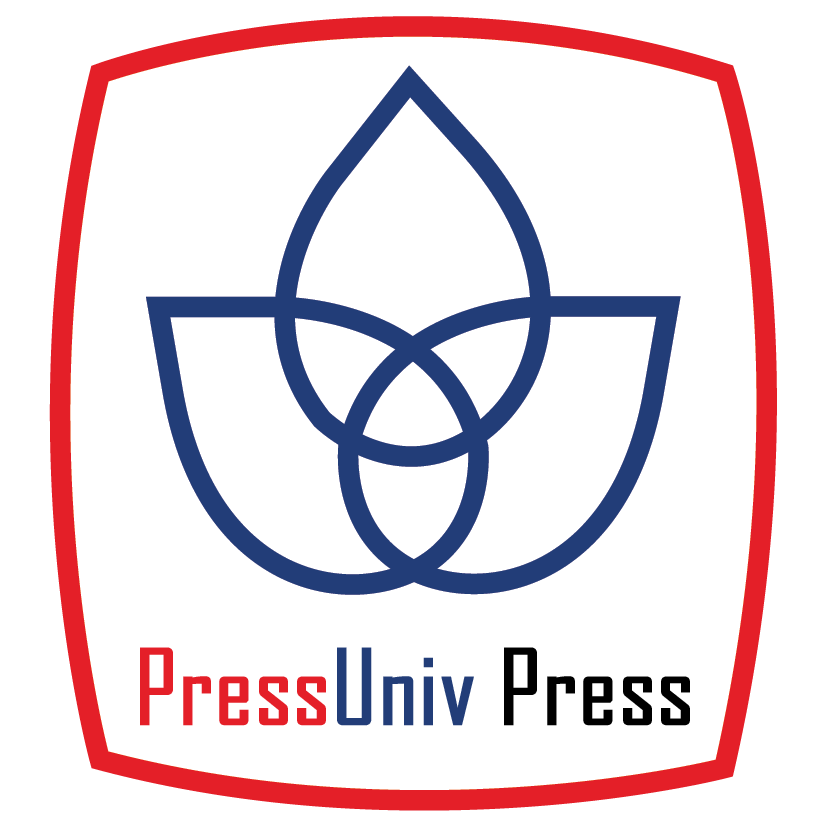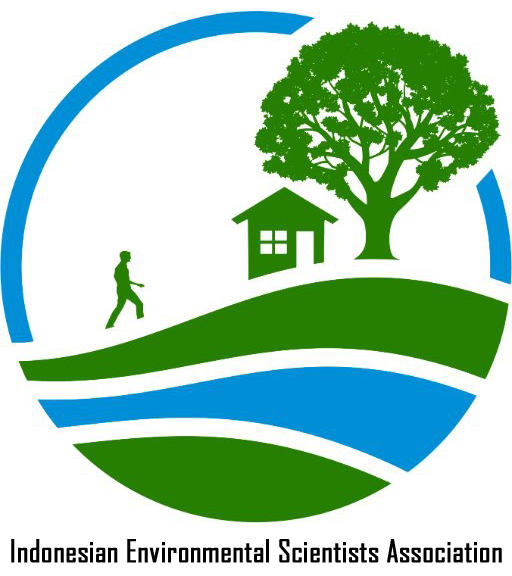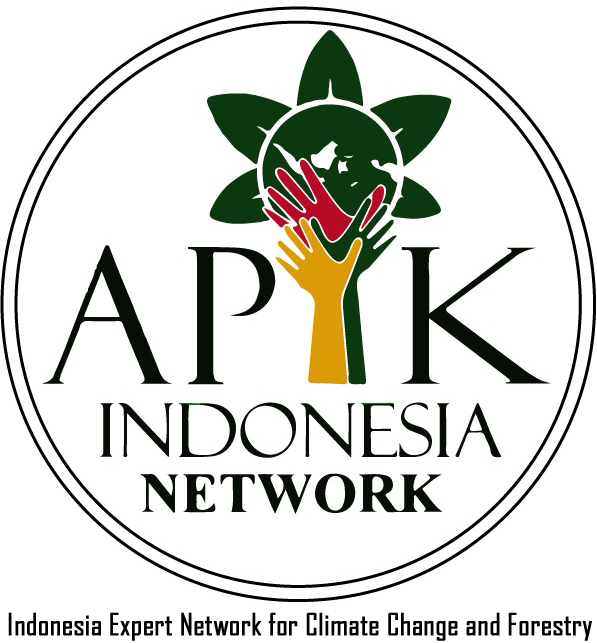ANALYSING THE DRAINAGE SYSTEM USING EPA SWMM 5.1 (STUDY CASE: JABABEKA II INDUSTRIAL, CIKARANG BARU, BEKASI REGENCY)
Abstract
Due to the data in 2030, the urban growth in developed countries is 83% and developing countries is 53%. Jababeka II Industrial Estate as one of the urban industrialization located at Bekasi Regency. In its development, drainage facilities are one thing that must be considered. Because with its function as a channel that carries runoff water to rivers/lakes/reservoirs to avoid flooding. This study aimed to know the existing condition of the drainage system and the water balances in the form of runoff in Jababeka II Industrial Estate by the simulation of SWMM 5.1. The method of this research used a quantitative method, and the data collection method used secondary data, including the information from the existing drainage system with precipitation events in 12 years (2009-2020) were obtained from the WTP Jababeka Residential, drainage dimension, and masterplan of Jababeka II. In order to calculate rainfall planned used fifth-year return period based, it’s on the city's classification under study. The probability distribution method uses Log-Pearson III with a planned rainfall of 128.22 mm/d and the highest rainfall intensity of 54 mm. Based on the simulation results, it was found that the Jababeka II Industrial Estate contained puddles in several channels. The peak was at the 3rd hour of the simulation, which were 19 channels. It's influenced by the type of soil that is quickly saturated. The simulation of the existing condition at Jababeka II has the highest runoff at the 2nd hour of simulation, and floods occurred in 19 channels. It’s affected by the impermeable sub-areas. The water balance result is the amount of precipitation 128.22 mm with the intensity is 54mm due to 5 years forecasting, thus producing the outflow is 128.511 mm. Therefore the number of continuity errors of the surface is -0.227%.
Keywords
Flooding; SWMM; Drainage; Rainfall
Full Text:
PDFDOI: http://dx.doi.org/10.33021/jenv.v5i2.1234
Copyright (c) 2020 Kezia Kusumaningtyas, Yunita Ismail

This work is licensed under a Creative Commons Attribution-ShareAlike 4.0 International License.
Journal of Environmental Engineering and Waste Management Published by PresUniv Press, in collaboration with IESA and APIK Indonesia Network




